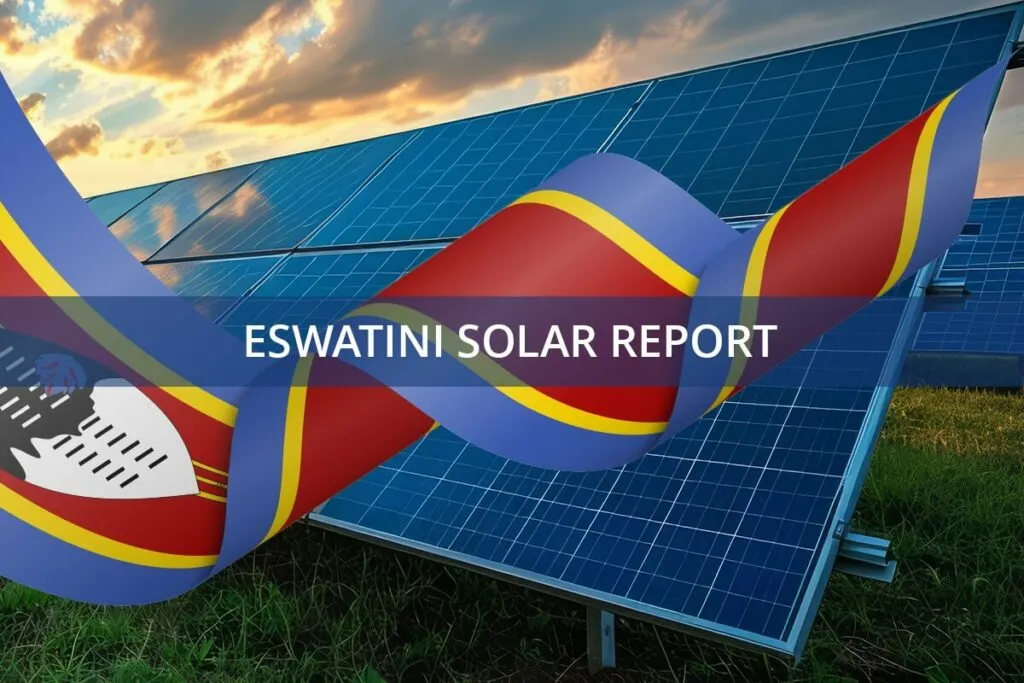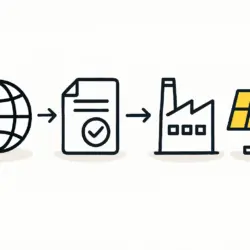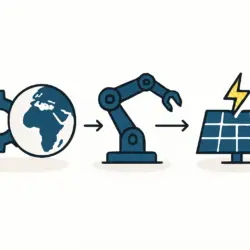EEC is implementing a rural electrification project powered by solar energy to provide electricity to remote communities in Eswatini, starting with the Mbelebeleni community.
Eswatini Solar Power: Electrification for Rural Communities
The Eswatini Electricity Company (EEC) is taking a significant step towards a sustainable energy future by implementing a rural electrification project powered by solar energy. This innovative initiative aims to bring reliable electricity to remote, off-grid communities, beginning with the Mbelebeleni community in the Manzini Region, where the installation of solar panels is already underway.
This solar project is a major component of a broader rural electrification scheme set to launch in the first quarter of the next financial year. It is part of a visionary national plan, supported by organizations like the United Nations Development Programme (UNDP), which aims to provide cost-effective renewable energy solutions to over 45,000 households by 2030. Understanding the basics of solar panel manufacturing is key to appreciating the scale and impact of bringing this technology to rural homes. This initiative is expected to transform the lives of many, improving their quality of life and access to essential services.
In addition to the Mbelebeleni community, the EEC is also focusing on the electrification of the New Village area in Mbabane. This project is being carried out in collaboration with the Municipal Council of Mbabane, showcasing a successful partnership between local authorities and the national utility.
A Strategic Approach to Eswatini Solar Power
EEC’s Managing Director, Ernest Mkhonta, outlined the meticulous strategic planning behind these rural electrification efforts. He explained that the company has carefully mapped out the regions and areas where electrification will take place over the next three years, ensuring that the most remote and underserved communities are prioritized.
The rural electrification scheme has received significant government support, with an initial E2 million in funding made available for the project. This financial backing is part of a much larger national commitment, evidenced by major investments such as the E255 million solar project aimed at securing the country’s energy future. This underscores the government’s dedication to expanding electricity access across Eswatini.
Mkhonta also emphasized that the company is actively working on clearing backlogs in electrification projects. He assured the public that all outstanding projects are being addressed and will be completed within the current financial year, which ends in March 2025. This commitment to clearing backlogs demonstrates EEC’s dedication to delivering on its promises and ensuring no community is left behind.
The Future of Energy in Eswatini Solar Power
The introduction of solar energy into the rural electrification scheme represents a forward-thinking approach to energy provision. Solar power is a clean, renewable, and sustainable energy source that is particularly well-suited for remote areas where traditional grid connections may be challenging or costly to implement. The solar panel manufacturing process has become increasingly efficient, making such large-scale deployments more viable.
By leveraging solar energy, EEC is not only addressing the immediate need for electricity but also contributing to the country’s long-term energy sustainability and security. This strategy is a crucial part of Eswatini’s ambitious goal to achieve an 80% reduction in electricity imports by harnessing its abundant natural resources. This move towards self-reliance is further highlighted by a stunning 100 MW power push by 2025 designed to strengthen the national grid.
The successful implementation of this project could serve as a model for other countries facing similar challenges in rural electrification. It demonstrates how renewable energy, powered by advanced technology and strategic investment, can bring about significant social and economic benefits for underserved communities.
To learn more about the technology driving this change and how you can be a part of the solar revolution, consider enrolling in our free e-course on solar energy.



